Stories
Gordon Burt
1893-1968
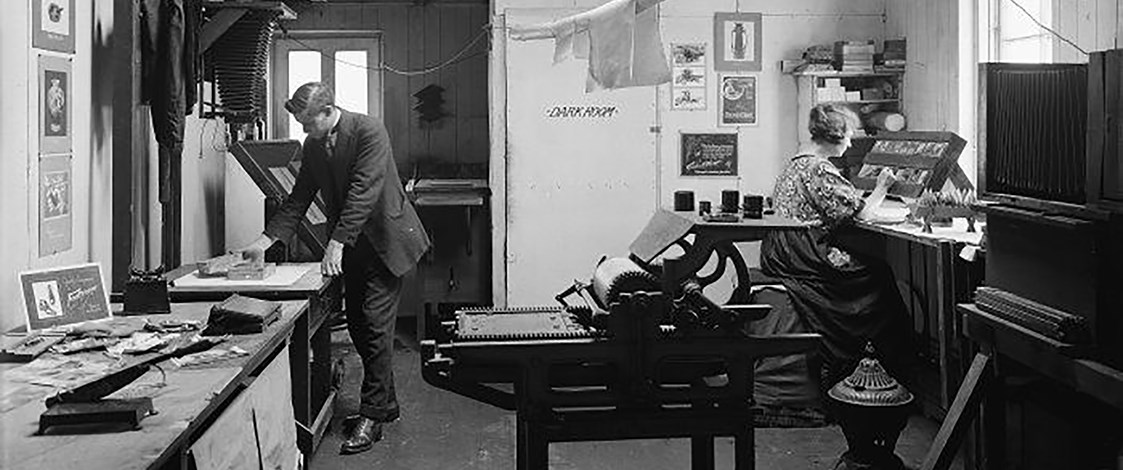
Although Gordon Burt is not widely appreciated today as a photographer of note, his anthology of photographic images capture an essence of New Zealand - particularly Wellington - as it was in the first half of the 20th century.
He was a pioneer commercial photographer at the beginning of the consumer era, developing and mastering the art of creating compelling images of the many new products that were being manufactured and marketed in the post war period.
Born in Christchurch on 27 November 1893, Gordon Onslow Hilbury Burt studied at the Canterbury College School of Art. In 1915 he moved to Wellington intending to enlist to fight in the First World War, but ironically was turned down due to his poor eyesight. Staying in Wellington, he found employment with a photographer and learnt his craft there.
In 1924 he opened his own business, Gordon Burt Ltd, focusing primarily on commercial photography, which was seen as a practical and appealing way to advertise the increasing number of consumables available to purchase. His photographs were immediately successful and his New Zealand History biography states: "His innovative approach to photographing consumer items included techniques such as superimposition and other montage effects, winning him great respect from clients."
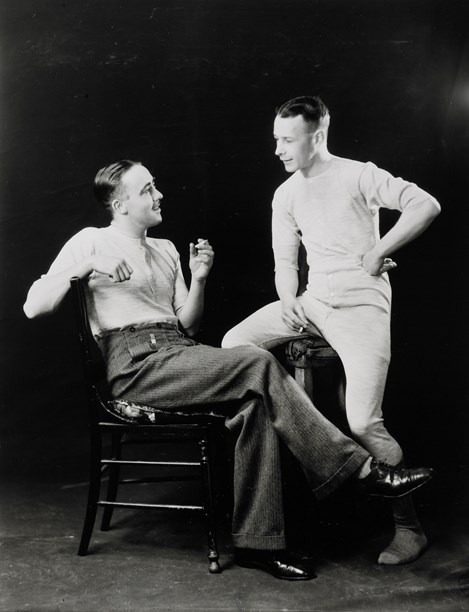
Mosgiel underwear advertisement, 1933. Image by Gordon Burt, courtesy of Museum of New Zealand Te Papa Tongarewa, O.002661. No known copyright restrictions.
Many of Gordon’s commercial clients were garment manufacturers, including Berlei, Prestige Hosiery, Canterbury, Bonds, Sincerity Suits, Roslyn and Jockey. As a result, he built up a solid portfolio of fashion photographs. Typical of the era, most of these photographs were taken in the studio with one or two models posing with props such as umbrellas, statues and small tables.
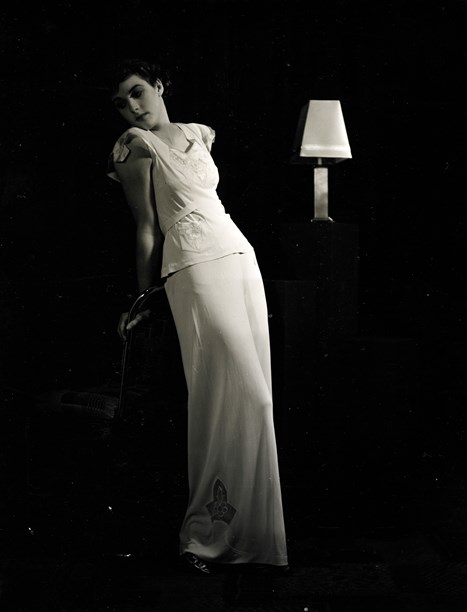
Fashion photo by Gordon Burt, circa 1935. Image courtesy of Museum of New Zealand Te Papa Tongarewa, O.030856. No known copyright restrictions.
He did venture out later for occasional shoots for example his 1940s series for Fashions Ltd coats were taken in a park and a model leans back precariously over a swimming pool in a shot for Jantzen Swimwear.
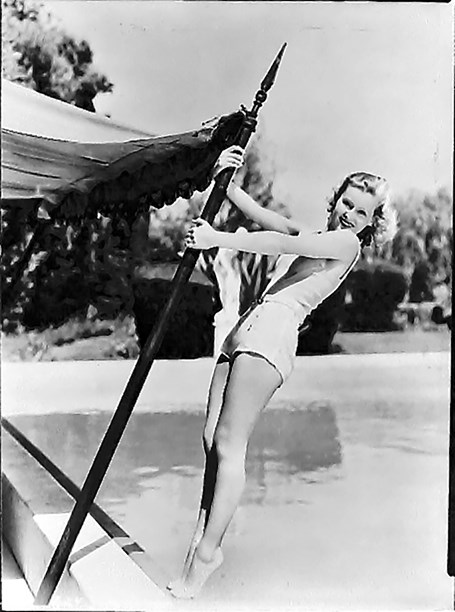
Publicity shot for Jantzen swimwear by Gordon Burt. Image courtesy of Museum of New Zealand Te Papa Tongarewa, C.002284. This image has no known copyright restrictions.
When United States servicemen arrived in Wellington during the Second World War, Gordon took their portrait to be sent home to their families. He also photographed the New Zealand aviatrix, Jean Batten, at the height of her success. His portrait of Jean captures with clarity, the spirit of a confident, forward thinking young woman unshackled by the conventions of her time.
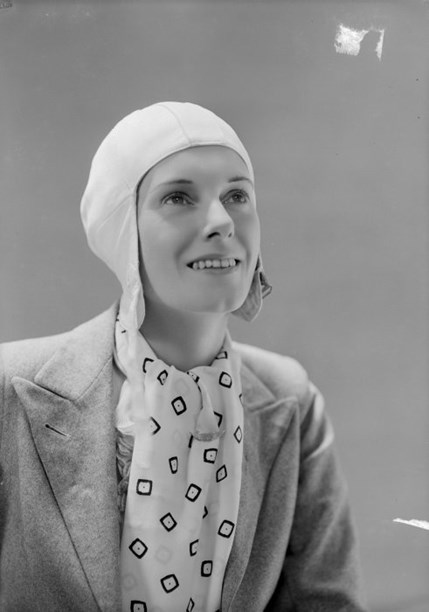
Photo of Jean Batten, circa 1936. Image courtesy of Alexander Turnbull Library, 1/2-037061-F. Image copyright unknown.
Gordon is remembered for his development of a method of colour printing called 'Tru-Colour'. This was one of the most successful methods of colour photography available in New Zealand in the 1940s. Colour photography was in its early stage of development and the method commonly available to have colour in photographs was to have colour painted or washed on the photo. His process was to produce colour through the glass and nitrate negatives.
He filed a patent with the United States Patent office which states: "His invention relates to colour photography and more particularly to improvements in the production of colour records in the production of which thiourea and functionally similar amides and acid dyestuffs are used."
Gordon also manufactured and marketed 'Tru-Colour' separation sets for customers who wanted to produce their own prints. This venture did not last long as there were more effective products becoming available to customers from overseas markets. At the height of his success, Gordon employed about 20 staff at his studio.
Gordon died in Lower Hutt on 9 July 1968. Two years later, about 2,500 of Gordon’s glass and nitrate negatives were saved from a building that was on the verge of being demolished. These negatives are now cared for by the Museum of New Zealand Te Papa Tongarewa. Exhibitions of his work based on these salvaged negatives were held in 1979 and again in 1988.
Text by Leah Morris. Banner image of Gordon Burt (and possibly Eileen McMahon) in his photographic studio, circa 1924. Image courtesy of Alexander Turnbull Library, ref. 1/1-015886-G.
Last published May 2017.